You can see the green comet with your naked eyes RIGHT NOW; Know where to look
The green comet can be seen through an unaided eye, even before February 1. Check out where to look to see it flying.
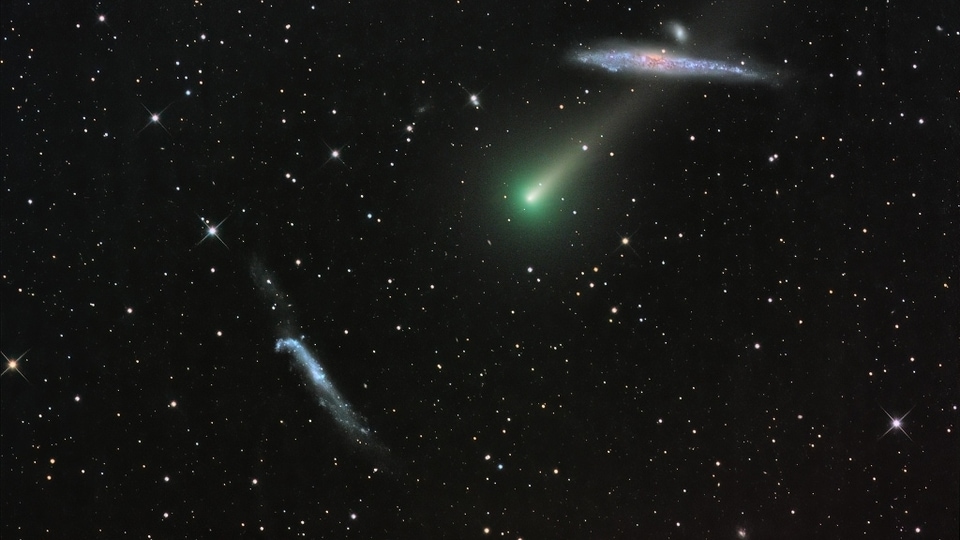
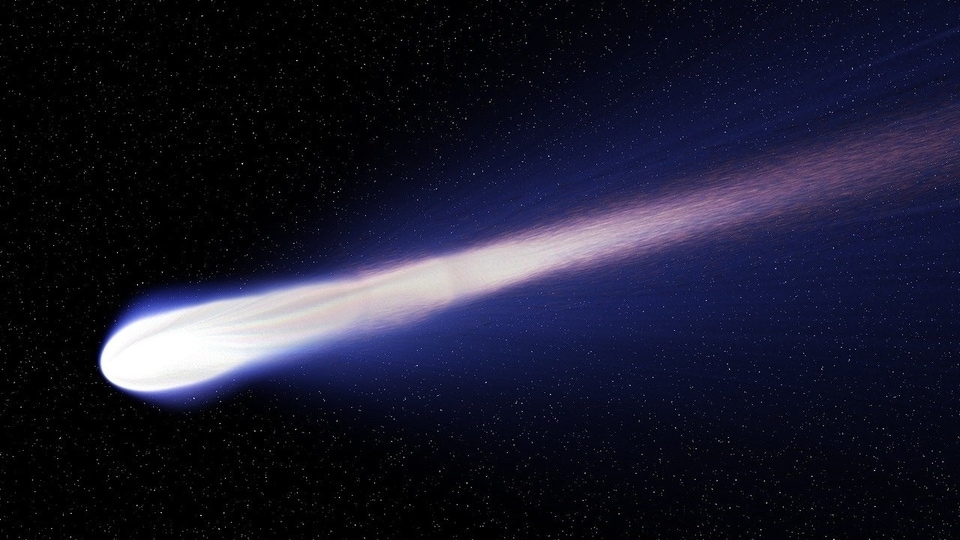
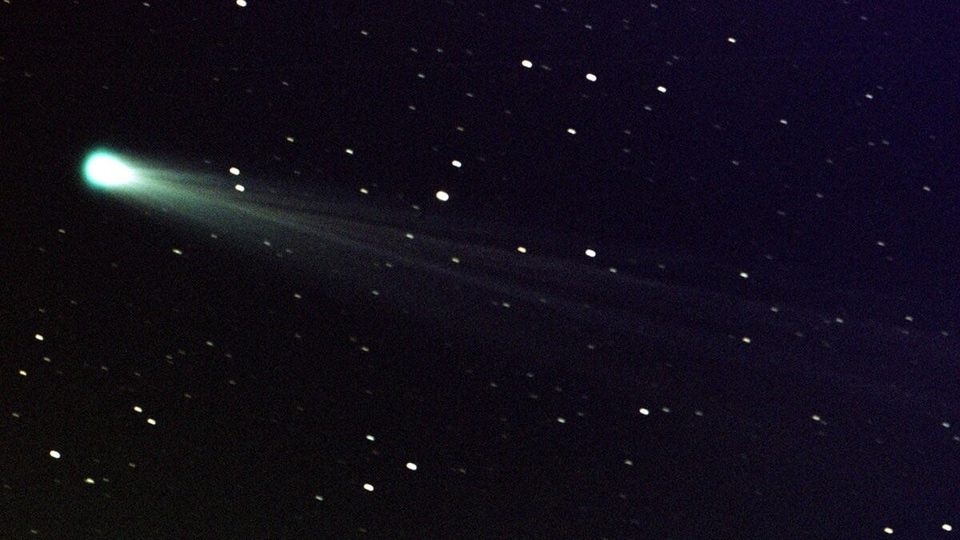
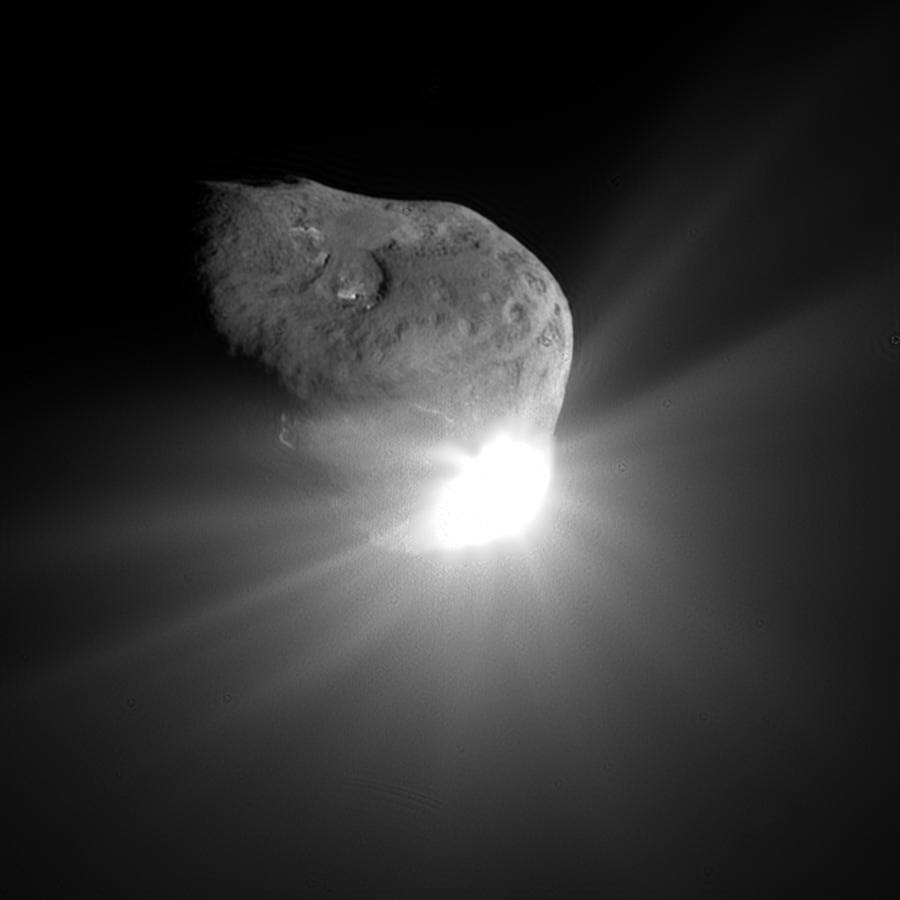
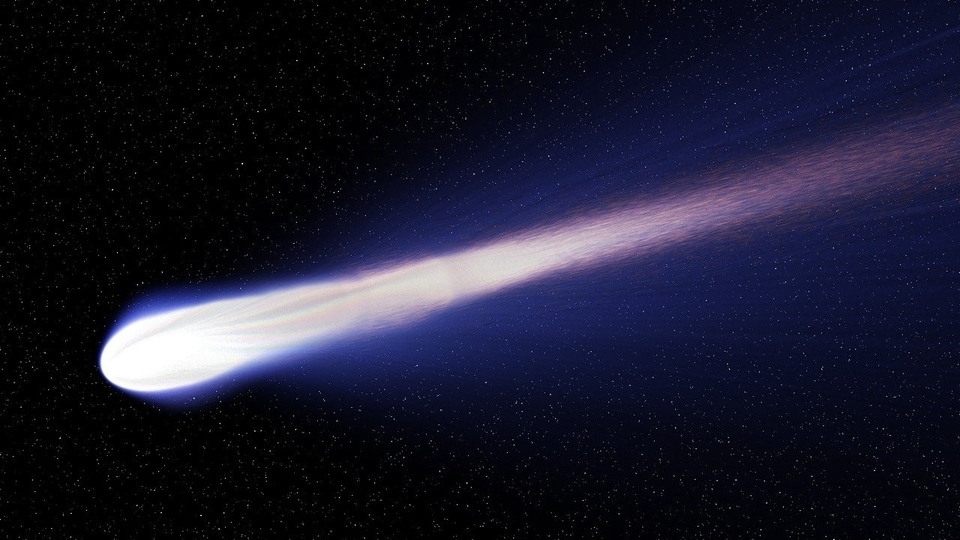
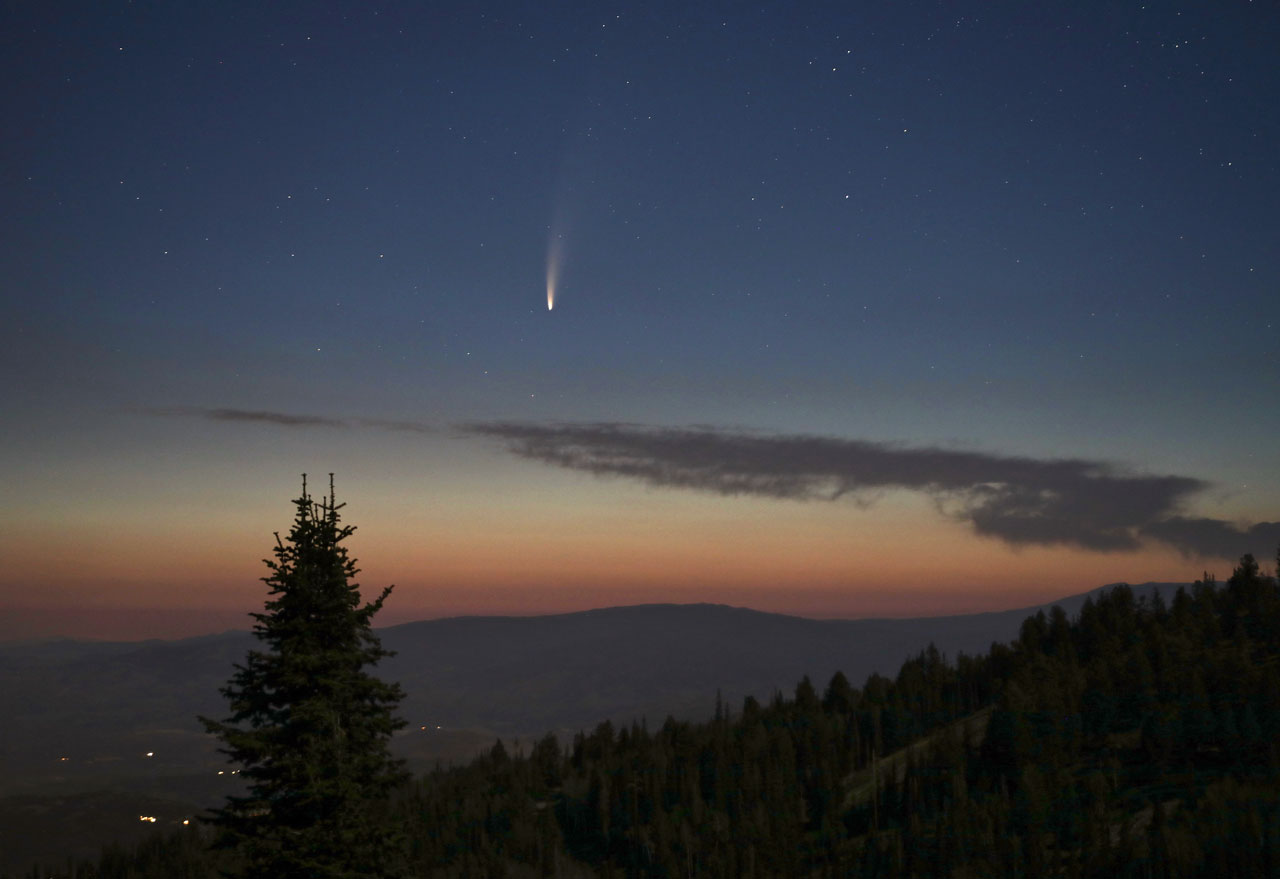

 View all Images
View all ImagesThe world is waiting in anticipation for February 1, as this is the date when Comet C/2022 E3 (ZTF), popularly known as the ancient green comet, will make its closest approach to the Earth. The comet became an object of curiosity after it was revealed that the last time it paid a visit to our planet was around 50,000 years ago. And to add to this, there is speculation that we may never see it again as the heat from the inner solar system can completely evaporate the icy comet in months to come. But the good news is that you do not have to wait till February 1 to see the comet. It is already visible to the unaided eye provided you can create the right atmosphere for it. Check out where you need to look in order to see the comet tonight.
Earlier today, NASA shared a photograph of the comet as it was seen over Mount Etna. But you do not have to travel all the way to Italy in order to see it. You can see it in the sky from wherever you are, provided you are in the northern hemisphere of this planet. "For northerners the position of the comet in the sky cannot be better: You can easily find it between two large asterisms, the Big and Little Dippers (from constellations Big and Small Bears)," Petr Horálek of the Institute of Physics in Opava, Slovakia told SpaceWeather.com.
Where to look for the green comet
NASA has also confirmed that this weekend Comet ZTF is racing across northern skies between north star Polaris and the Big Dipper. But where exactly can you see the two dippers in the sky? For the unaware, the Big Dipper and the Little Dipper are constellations where each one of them is made up of seven stars. It is also known as the Bear constellations, Ursa major and Ursa minor and the Saptrishi.
To spot its location, you may need the help of the StarTracker app or any other sky gazing app. First, you need to find the Orion constellation. After the Moon, the brightest object in the sky is Venus. You can find it in the western sky right after sunset. Once you find it, look towards its left and you should see the Orion constellation.
Once found, just look at the opposite of Orion, and you should be able to see the Big Dipper and right above it, the Little Dipper. The green comet should be just in between the two constellations. It will appear just as a bright green patch to the unaided eye but you can also use a telescope to see a clearer image. But make sure you are in an area with a clear sky and next to zero light pollution to be able to see it. The comet will stay there for the next few days.
Catch all the Latest Tech News, Mobile News, Laptop News, Gaming news, Wearables News , How To News, also keep up with us on Whatsapp channel,Twitter, Facebook, Google News, and Instagram. For our latest videos, subscribe to our YouTube channel.


























